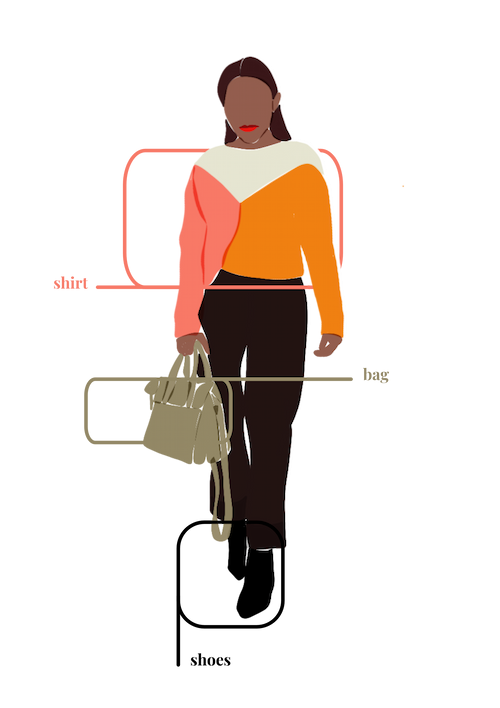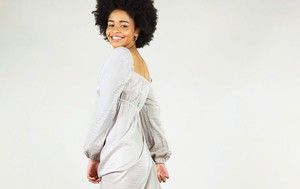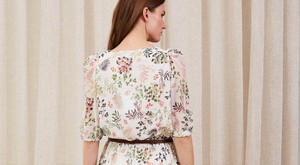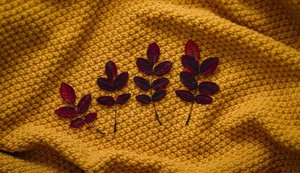- Clothes
- Bags
- Accessories
-
Inspiration
- Shoes
What Is Circular Fashion? Don’t Be a Fast Fashion Square!

Haven’t got round to discovering what circular fashion means?
Let’s start with the opposite: the current linear model.
In most cases, a company takes natural resources or creates synthetic options and turns them into clothes, while consumers wear them an average of seven times before discarding them.
If you think that a truckload of clothes is burnt or sent to landfills every second, we’re sure you’ll see why we need a more sustainable solution… and circular economy fashion might be the answer.
What is circular fashion?
First coined by Dr. Anna Brismar in 2014 and based on circular economy, circular fashion is an alternative to the current linear system, and it aims to close the loop across all stages of the supply chain by:
- Reducing pollution
- Keeping clothes in use for much longer to diminish waste
- Regenerating natural systems
Unlike most current options (and especially fast fashion), in a circular fashion model the product’s end of life matters as much as its design and production.
Why is circular fashion important?
Circular fashion is extremely important because the traditional linear model is plain unsustainable.
Fast fashion and even most luxury brands focus on creating products that are trendy, meant to be used only a few times, and then discarded.
The only thing that seems to matter to these companies when it comes to resources is what’s the cheapest and can be sourced the fastest.
Find out more about the environmental problems with fast fashion and this mindset.
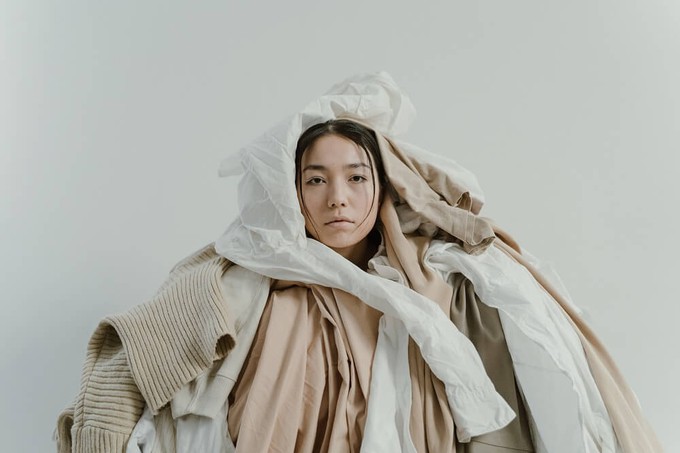
How do you make fashion circular?
Fashion has the potential to be made circular at every stage of a garment’s life… and beyond!
For example, a circular fashion model could involve:
- Designing timeless items that can be worn for years, considering a single material whenever applicable or multiple options that can still be recycled or reused individually
- Using natural resources as sustainably as possible and by restoring or regenerating them rather than increasing pollution, from raw materials to powering production. For example, this could include closed-loop manufacturing techniques such as reusing water for dyes, environmentally friendly materials, or renewable energy
- Keeping circular fashion clothes in use for longer, both by making them durable and marketing them that way
- Rethinking these products’ end of life beyond the usual incineration or landfills, whether that’s by offering collection schemes so that they can be resold as pre-loved or by recycling and upcycling their fabrics
How can you embrace circular fashion as a consumer?
Obviously, circular fashion starts at the designing stage and therefore with brands, but you can make a HUGE difference as a consumer, too.
Here are some tips to support circular clothing:
- Ditch fast fashion’s temporary mindset
- Only buy clothes you need
- Choose fewer high-quality pieces that will last you for years
- Expect and demand transparency from brands
- Look after them and fix them
- Don’t bin them! Check whether that brand has a collection scheme, donate them, sell them, or get creative upcycling them (for example, to create fun pillows or bags)
- Learn to spot greenwashing: sustainable and circular fashion economy shouldn’t be buzzwords used to trick eco-conscious consumers like you into buying garments that were produced without taking the environment into consideration!
- Support circular fashion brands that are finding new ways to design and produce durable clothes sustainably. Some of our current favourites are MUD Jeans, Funky Kalakar, and Knickey
We hope that more and more companies will embrace circularity in fashion, but don’t forget that we can vote with our money and tell brands what we’d like to see more of.
In the meantime, let’s not be fast fashion squares! Discover more sustainable and circular fashion brands on Project Cece.
Share our story
Related articles
Beginner’s Guide to Sustainable Fashion: Here’s Wear to Start
What’s the problem with fast fashion? What are ethical clothes? And where do I even START? Our beginner’s guide to sustainable fashion covers all that for you.
Recycled Fabrics & Upcycling Fashion: Green or Greenwashed?
What's the difference between recycled fabrics & upcycled clothes? Most importantly, are they as sustainable as they sound? Let's find out!
What Are the Most Sustainable Fabrics? Oh, Sew Eco-Friendly!
‘Natural’ doesn’t always = ‘eco-friendly’! So, here’s a simple list of the most sustainable fabrics, why they’re good for the planet, and how to find them.
Project Cece is a platform that collects ethical fashion from vetted brands and shops in one place. Browse ethical fashion for women and men and find items that fit your style, budget and values!
